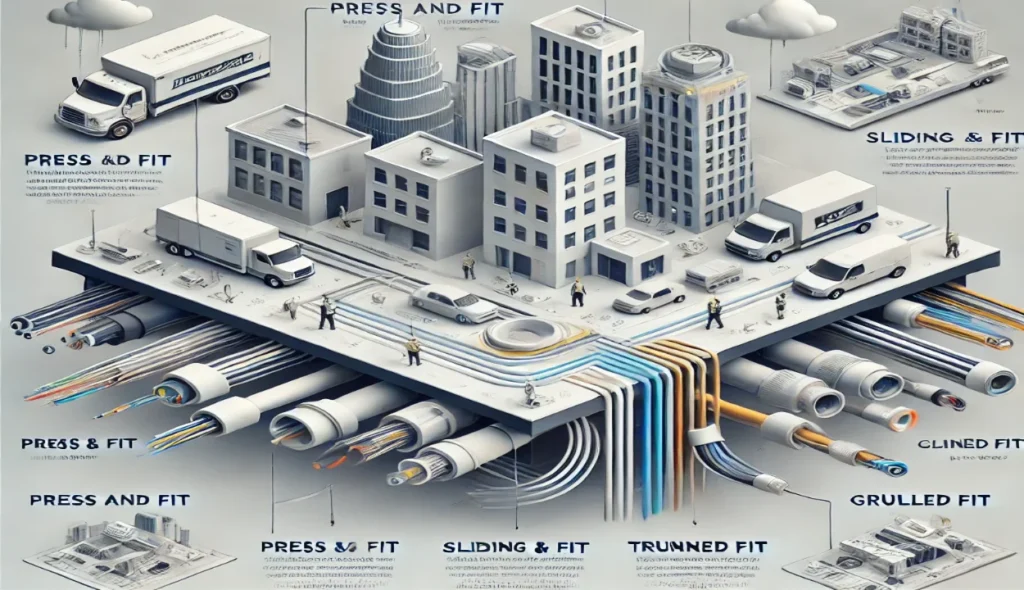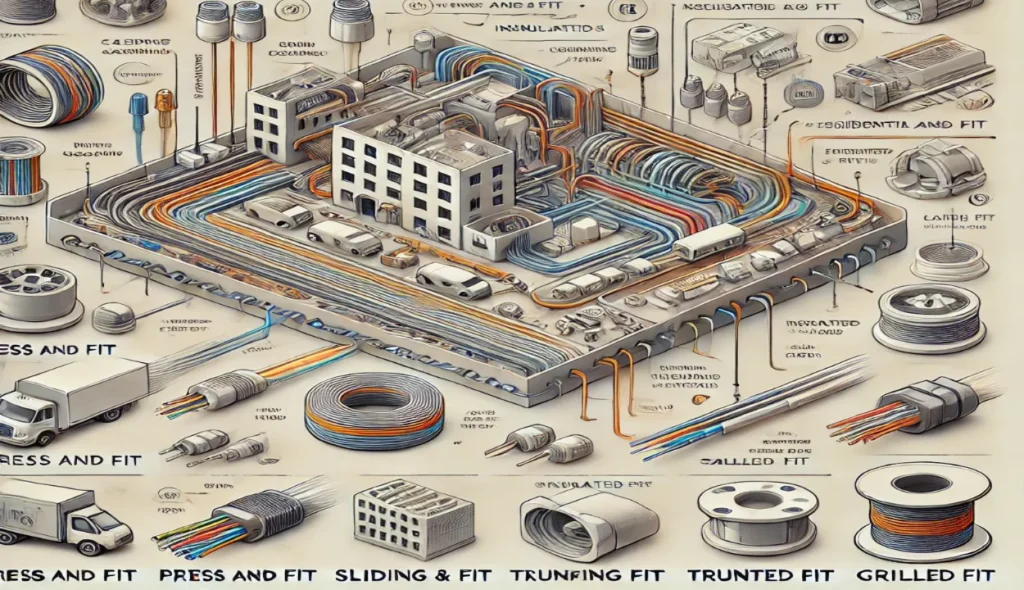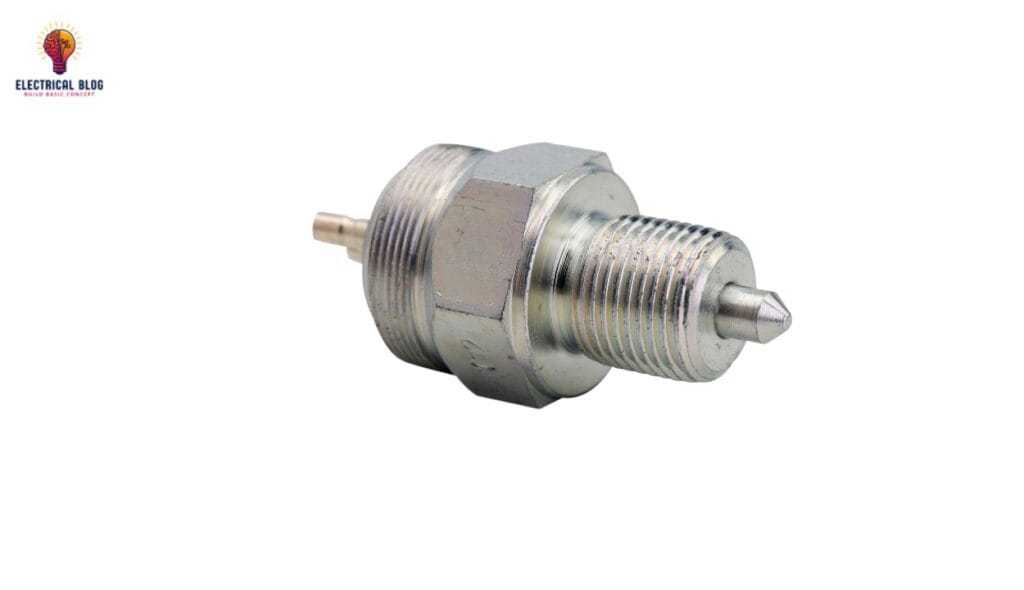When it comes to wiring solutions, casing and capping wiring are a recommended method for safe electrical setups. This system performs admirably in homes and offices, offering protection for insulated wires. The casing is a rectangular strip made of PVC, with a white or gray cap that keeps the wires securely encased.

Designed for low-voltage installations, this method ensures proper distribution while maintaining safety and durability. The standard size includes a width of 1.5 inches, a thickness of 0.8 inches, and a length of 39.4 inches, making it suitable for various devices. With a lifespan of 20 years, this system is built to last in everyday applications.
What makes capping efficient is its ability to support the load of cables and offer shielding against damage. Its PVC material has the highest chemical resistance available in the market, ensuring long-term insulation. This method also aids in reducing wear and tear while keeping the electrical distribution smooth and reliable. You can also read cable sizing.
Casing, Capping, Wiring: Types
Press and Fit
The press-fit method is a simple installation process where a portion of the casing is fastened to the walls. The wiring is fed downward, secured between the bottom component and the top cover. Once aligned, the cover is pressed firmly onto the base, ensuring a neat and secure capping system.
Sliding and Fit
For deeper-lying casings, the sliding method is a typical choice as it makes installation much easier. Unlike press and fit, this approach works well with PVC material, which can be challenging to handle due to its difficult nature.
Trunked Fit
The Trunked fit method is a practical wiring system used frequently in streetlight installations. It provides an added layer of protection for subsurface voltage wires, ensuring durability and safety.
Grilled Fit
The Grilled fit wiring system is a typical choice for telephone cable management as it offers flexible customization. This casing and capping type is designed to handle a lot of wiring efficiently.

Advantages of Casing and Capping Wiring
PVC casings are rust-free, making them highly durable and perfect for monsoons and humid conditions.
The locking system securely holds all cables, preventing them from getting tangled during renovation or rewiring.
Available in various sizes and fits, these caps ensure a simple and efficient installation process.
The unplasticized material retains its shape even after prolonged use, ensuring toughness and longevity.
Ideal for both office and home environments, it enhances aesthetics while providing electrical safety.
An inexpensive solution, this manufactured product safeguards against unintentional shocks, reducing risks.
The structured casing design assists in developing a clean and organized wiring setup for any project.
Disadvantages of Casing and Capping Wiring
The plastic material increases the chance of a serious fire if a short circuit occurs.
This wiring system is not appropriate for industries with acidic environments, as it may degrade over time.
Finding a wire-related fault is challenging, making repairs and maintenance more difficult.
Applications of Casing and Capping Wiring
Open wiring is commonly used in residential, commercial, and industrial buildings for safe electrical setups.
Telecommunications and networking systems, including LAN cabling, rely on structured wiring for efficient connections.
Sleevings and fake ceiling installations help conceal and protect electrical circuits in modern construction.
Secure terminals are essential for organizing and maintaining structured cabling in large buildings and offices.
Conclusion
Casing and capping wiring is a widely used electrical system known for its simple installation, cost-effectiveness, and structured design. It is often used in homes, businesses, and factories. It supports networking, telecommunications, and LAN cabling. It also improves the look of these spaces. While it is rust-free, durable, and protective, it does have some downsides.
These include fire risks, difficulty in detecting faults, and it is not good for acidic environments. Different fitting methods, such as press and fit, sliding and fit, trunked fit, and grilled fit, offer customized solutions based on specific needs. PVC casing and capping wiring is a great option for many uses. However, it is important to think about its casing and capping wiring pros and cons. This helps ensure safe and efficient use in any electrical project. You can also read current carrying capacity of aluminium cable.


